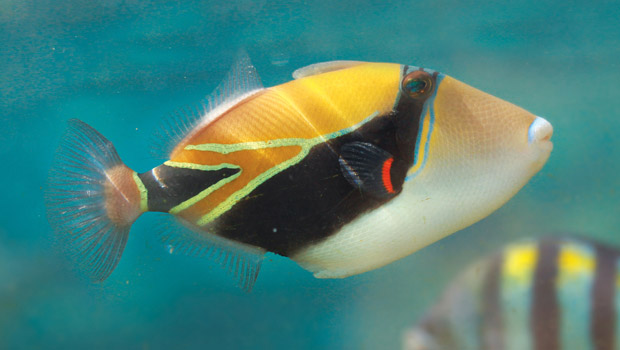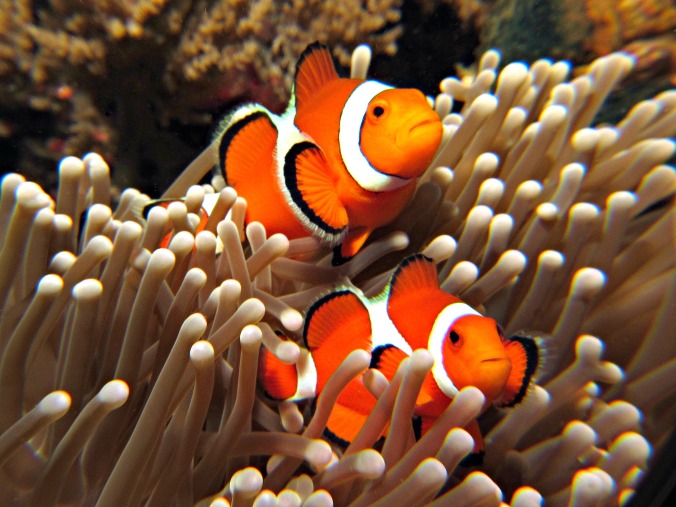Wow! What a weekend! I spent 5 days in the Monterey Bay area of California for the American Cetacean Society’s conference. For anyone who doesn’t know what a cetacean is, it is any whale, dolphin or porpoise species. While many things revolved around cetaceans, there was a strong message of hope and conservation throughout the weekend, in a time when many of us needed it most. Simply being able to spend time in Santa Cruz was great, but being able to attend this conference helped confirm my path in marine biology.
To start off, I was taken around Santa Cruz to see surfers, great beaches and, of course, marine mammals! We saw California Sea Lions off the pier, then en route to the conference, we saw Sea Otters feeding in Elkhorn Slough. For me, this was enough to make the trip, but the fun had only just begun! I went on a tour Moss Landing Marine Labs and found in the right place, a continuation of my education might be for me after all. With such a large interest in Sea Otters, it is only natural that a place with otters swimming outside the window renewed my motivation. I would have loved to spend a full day here, but we continued on to the conference opening festivities. The opening speaker, Nancy Black, presented an incredible photo history of the changes in cetacean distribution and abundances in Monterey Bay. She talked about the changes that she has observed in the last 30 years as a whale watch tour operator in the Bay. The entire time I was captivated by the beauty in her photos and in the creatures they represented. Seeing how much one small area has changed in a short time of 30 years was a really great way to help put worldwide changes into perspective. As the night ended, we had a rather interesting performance, intended for children, about conservation and ocean awareness. After all that, I was exhausted!
Continue reading →




















 Imagine a world with no Nemo. It seems impossible, right? However, the clownfish, popularized by the movie Finding Nemo, could face difficulties in development and growth, if climate change continuous as expected. Scientists have recently found a connection between the ocean phenomenon known as ocean acidification and the clownfish’s brain to grow correctly in a larval, or very young, stage. As the acidity in the ocean increases, many organisms will face challenges, but could it be possible that the beloved fish could disappear from the ocean?
Imagine a world with no Nemo. It seems impossible, right? However, the clownfish, popularized by the movie Finding Nemo, could face difficulties in development and growth, if climate change continuous as expected. Scientists have recently found a connection between the ocean phenomenon known as ocean acidification and the clownfish’s brain to grow correctly in a larval, or very young, stage. As the acidity in the ocean increases, many organisms will face challenges, but could it be possible that the beloved fish could disappear from the ocean?